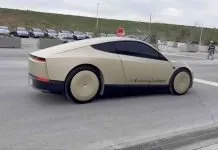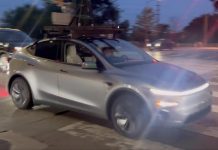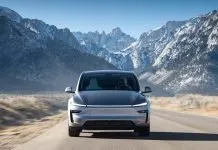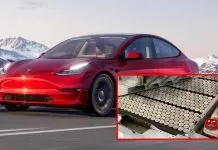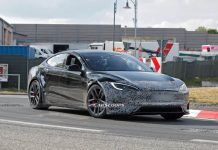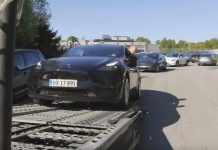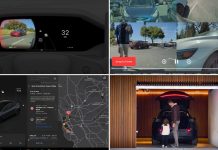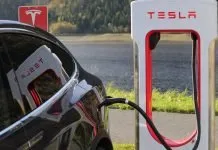Electrification of the automobile industry has been on an upward slope for quite some time, as a huge number of companies have started realizing the worldwide issue of climate change. Tesla has been at the forefront of this electrification wave, and their unique design and impressive performance has attracted tons of customers. Through their lineup of Model S, Model 3, Model X, Model Y, and the upcoming Cybertruck, they have managed to create a wide range of vehicles from sedans to SUVs and even pickup trucks.
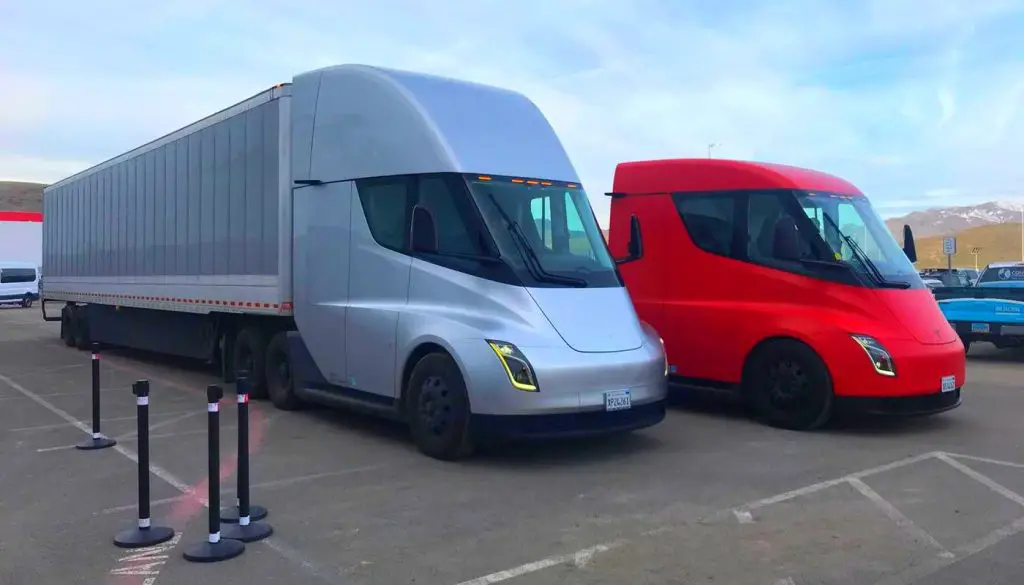
Bill Gates Says Electric Airplanes And Heavy-Duty BEVs Like Tesla Semi Won’t Work, Biofuels A Better Option
With the introduction of the Tesla Semi, the American automaker has also entered into the trucking business. Large volume production of the Semi is set to begin next year, and Tesla has predicted a huge number of these electric trucks to be sold by 2025. However, there might be some resistance to the acceptance of this model in the industry after Bill Gates mentioned in one of his articles that heavy-duty BEVs might not be as feasible as Tesla thinks.
In the article titled “How do we move around in a zero-carbon world?”, Gates discusses the various ways in which the automobile industry could go carbon-free, with alternatives such as electric mobility, or biofuels, and electric fuels to replace fossil fuels. With the use of these alternative methods, he believes that the automobile industry can move towards a zero-carbon world, diminishing greenhouse gas emissions as much as possible, and in the process, try to curb climate change. He says “To prevent the worst effects of climate change, we need to get to zero net greenhouse gas emissions in every sector of the economy within 50 years.” Bearing this in mind, electric vehicles seem to be a viable option, but not for all forms of road transportation, according to Gates.
The Electric Truck Hurdle
Gates mentioned one of the major obstacles in the path of electric trucks, and that is the ‘power vs weight’ compromise. Trucks carry huge amounts of load, so they need more power to haul all the weight inside, which in turn, requires a bigger battery. A bigger battery increases weight, and the cycle keeps going, causing a vicious ‘chicken-egg’ circle. For the common man, the problem seems quite clear – more power = more weight. For engineers, it is a classic case of coming to a compromise between two contradictory parameters. The increase of load also affects the range of the vehicle, and this can be another problem, as truckers need a higher range of distance traveled between stops than the average family car does.
Gates mentioned that until and unless battery technology does not reach a better state, electric trucks will not be feasible. The focus on battery research should be on energy-rich, but lightweight configurations, which will result in higher power output without putting a lot of weight on the already-heavy trucks. While battery technology continues to undergo radical changes with respect to energy density, the industry may still be a few years away from practically integrating such batteries into vehicles, let alone trucks.
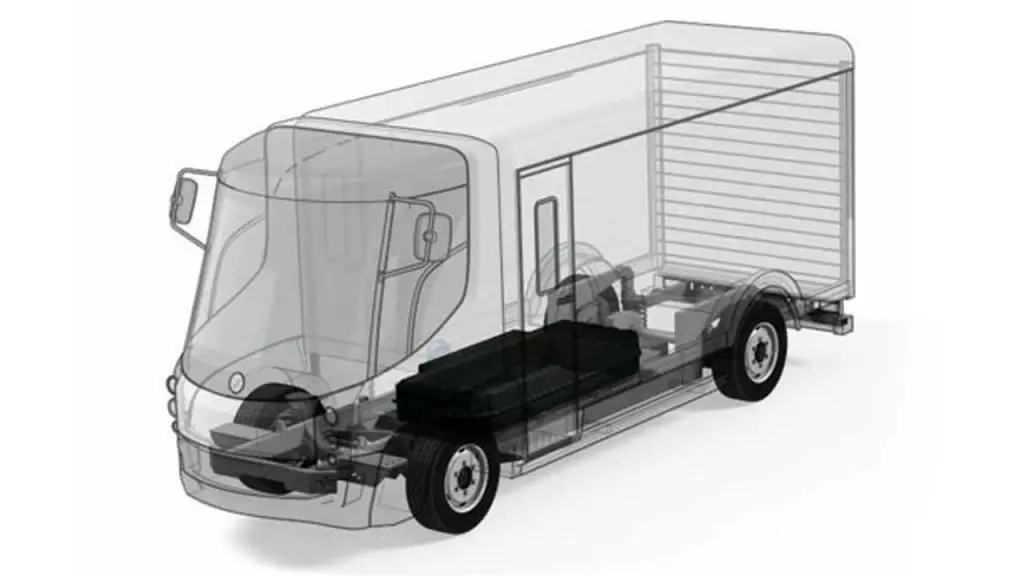
Trucks pose a unique dilemma when it comes to designing an all-electric powertrain, as they require decent speed to move along the highways, sufficient range to make these trips economical, and a drivetrain that can take heavy loads of cargo. These are three major attributes that an electric truck will require – speed, range, and torque, and that is the reason why the all-electric design in the trucking industry is still in its infancy. Range and speed has been provided through passenger vehicles, while torque and range is an issue addressed in city buses, but all three parameters are yet to be integrated. Tesla, with the launch of the Semi, will attempt to do this.
The Tesla Semi
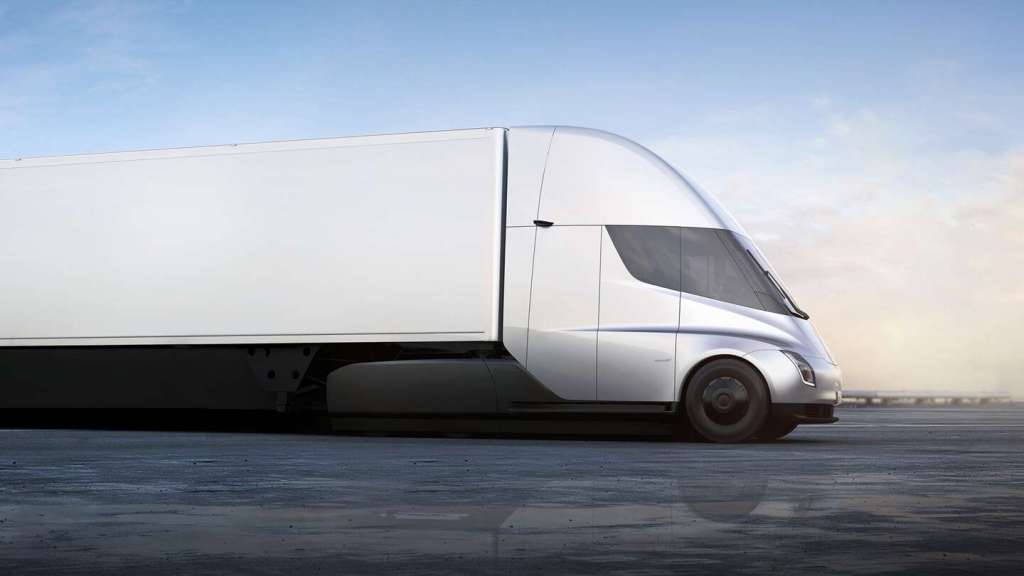
The Tesla Semi was introduced in November 2017, and it instantly captured the interest of many people in the heavy-duty vehicle industry. The speed-torque-range conundrum was addressed by Tesla during the unveiling, and it released some eye-catching specs, which if implemented, could be revolutionary. Tesla claims that the Semi will accelerate from 0 to 60 mph (96.5 kph) in 20 seconds with a load of more than 36 tonnes. On a road with a 5% slope, it can travel up to a speed of 100 kph, driven by a powertrain consisting of 4 independent motors on the rear axles.
Energy consumption of less than 2 kWh per mile allows it a range of 300 miles (482.7 kms) on the basic version and 500 miles (804.5 kms) on the long-range version. It will also have the standard Tesla driver-assist features like the Autopilot, and a centered driver position to allow maximum visibility. A low center of gravity will ensure lower body roll, and efficient aerodynamic design gives it a drag coefficient of 0.36.
While these initial figures seem quite impressive, whether or not Tesla manages to achieve them remains to be seen. In the past, they have managed to upgrade some of the features in the period between unveiling and launch, but this time, they are into uncharted waters. Will the Bill Gates prediction become true, or will Tesla defy odds once again? For now, all analysts and researchers can only wait and watch.

